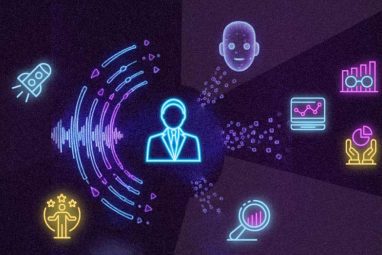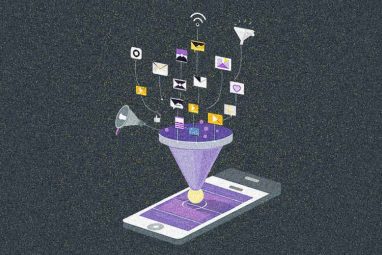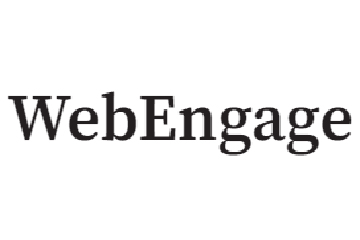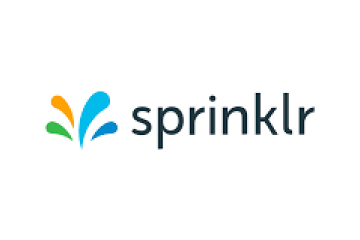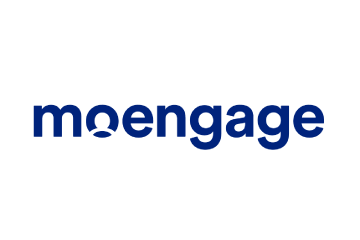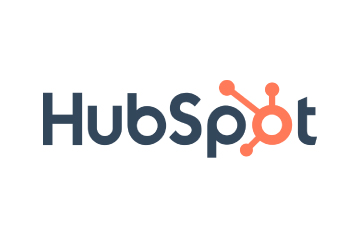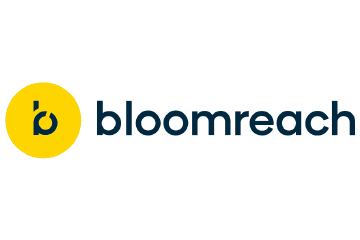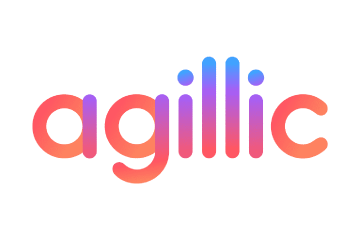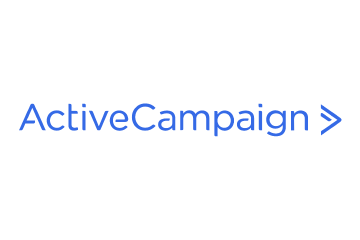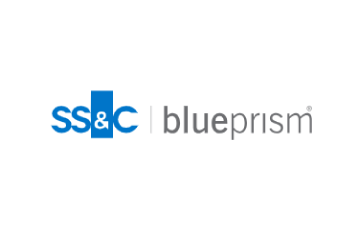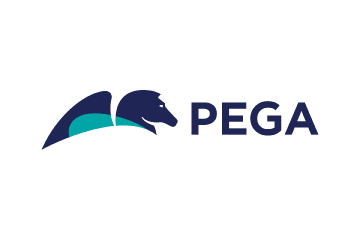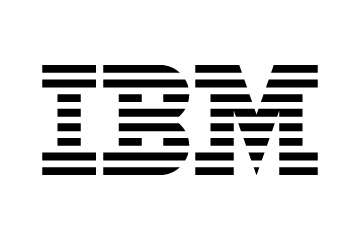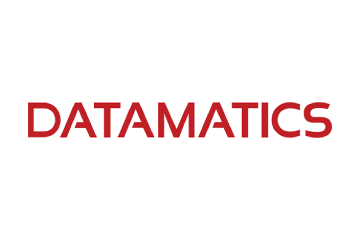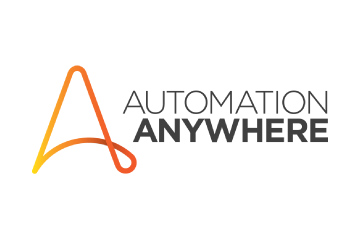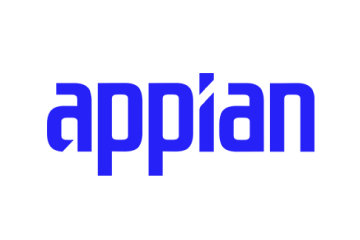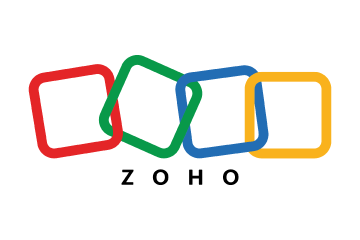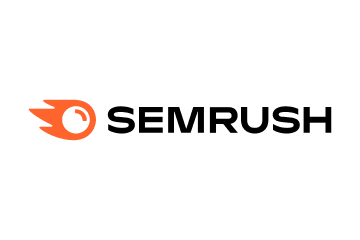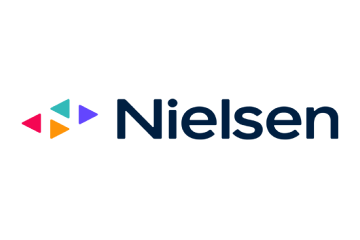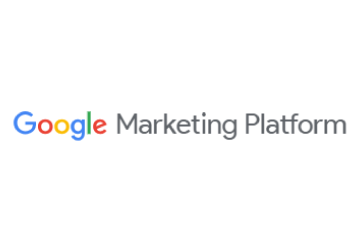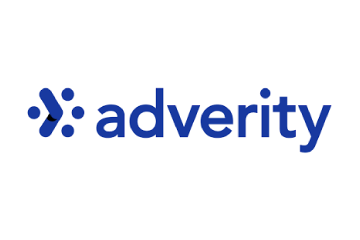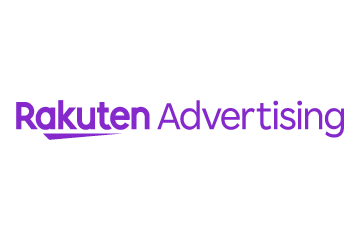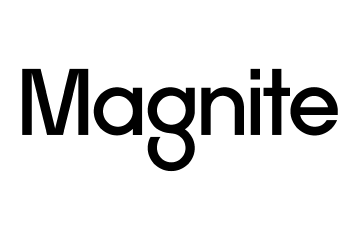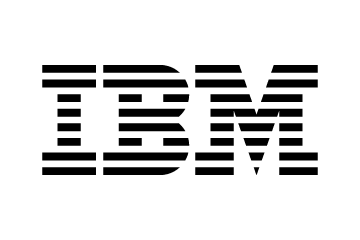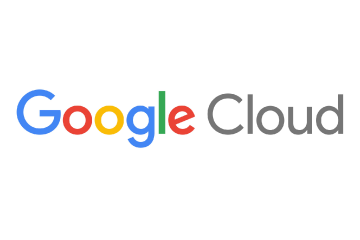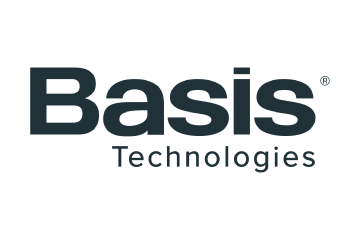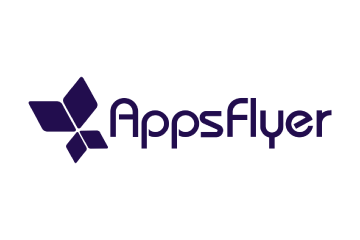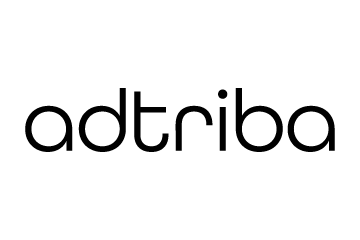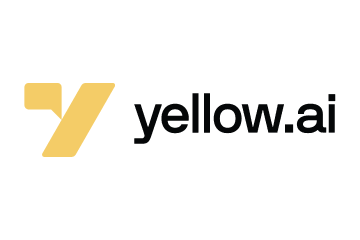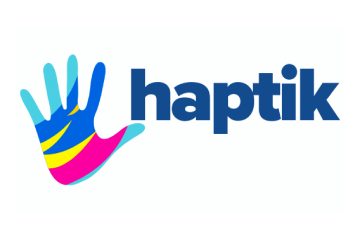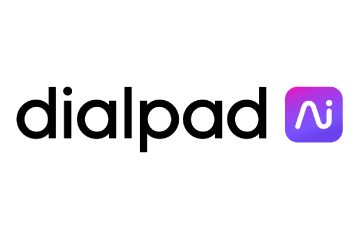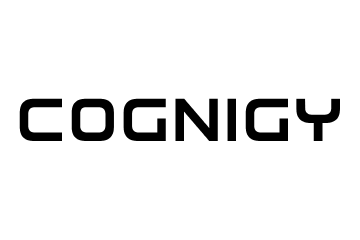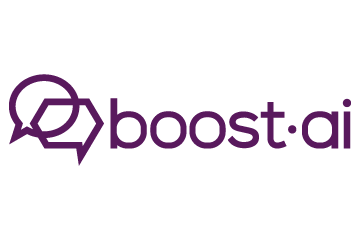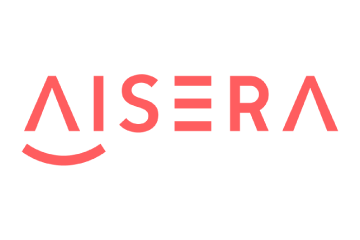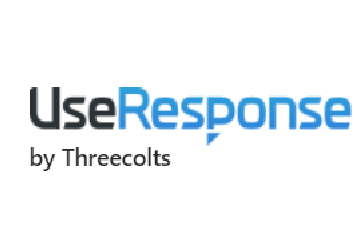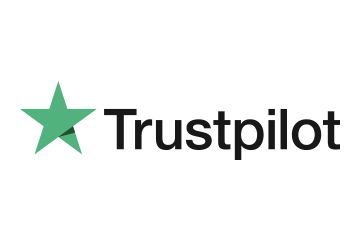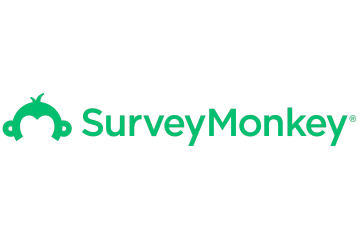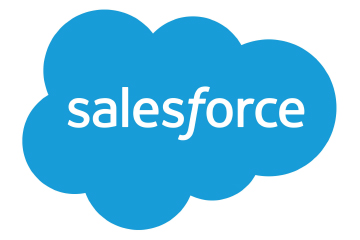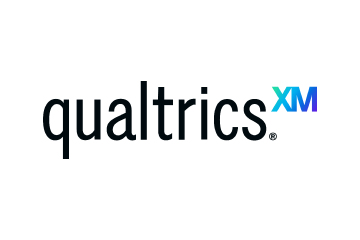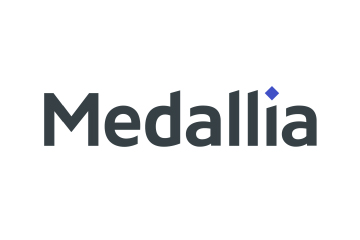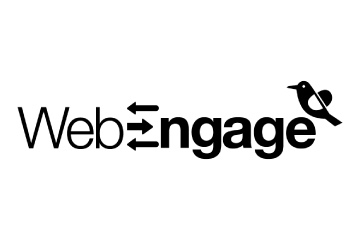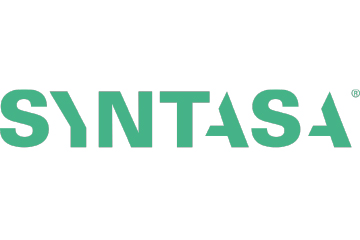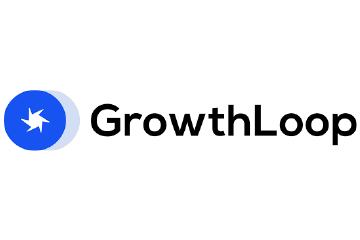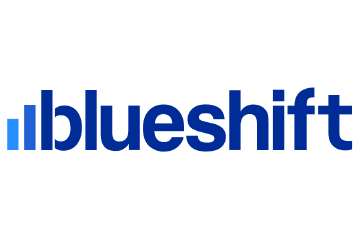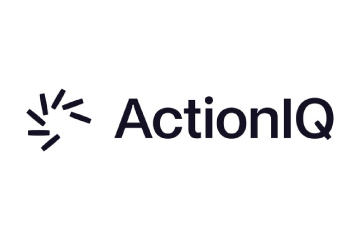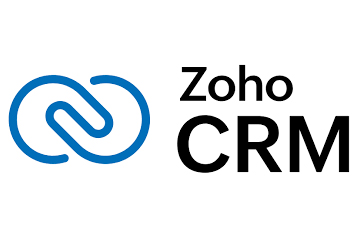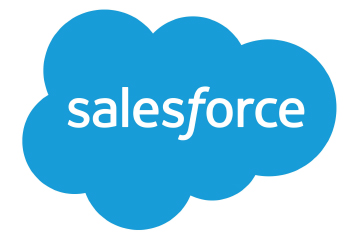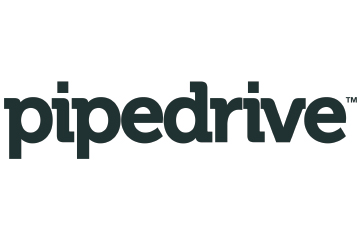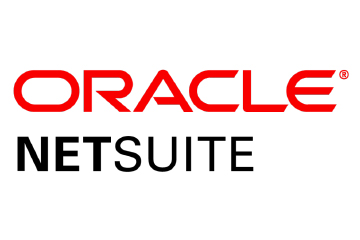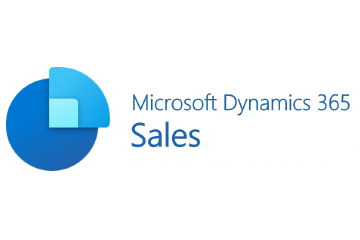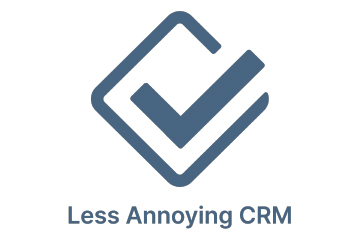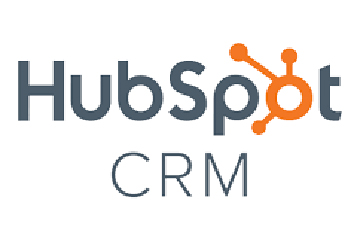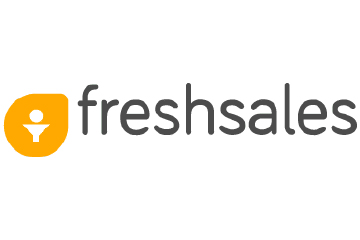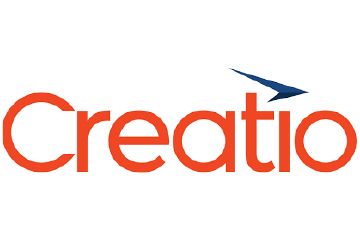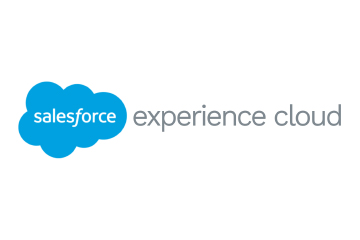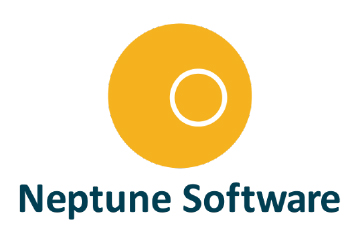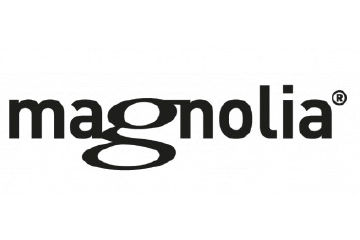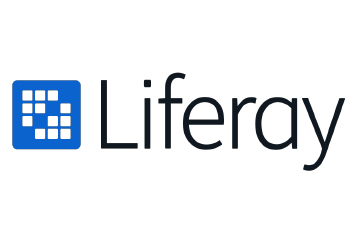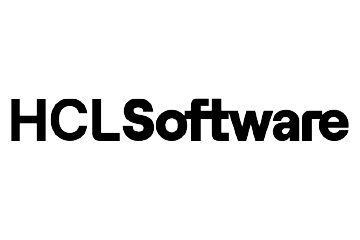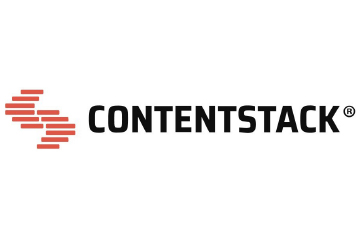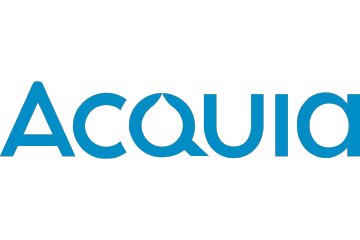Email & SMS Automation Strategies That Drive Revenue
These automated email and SMS strategies turn casual browsers into loyal buyers and boost revenue with minimal effort.
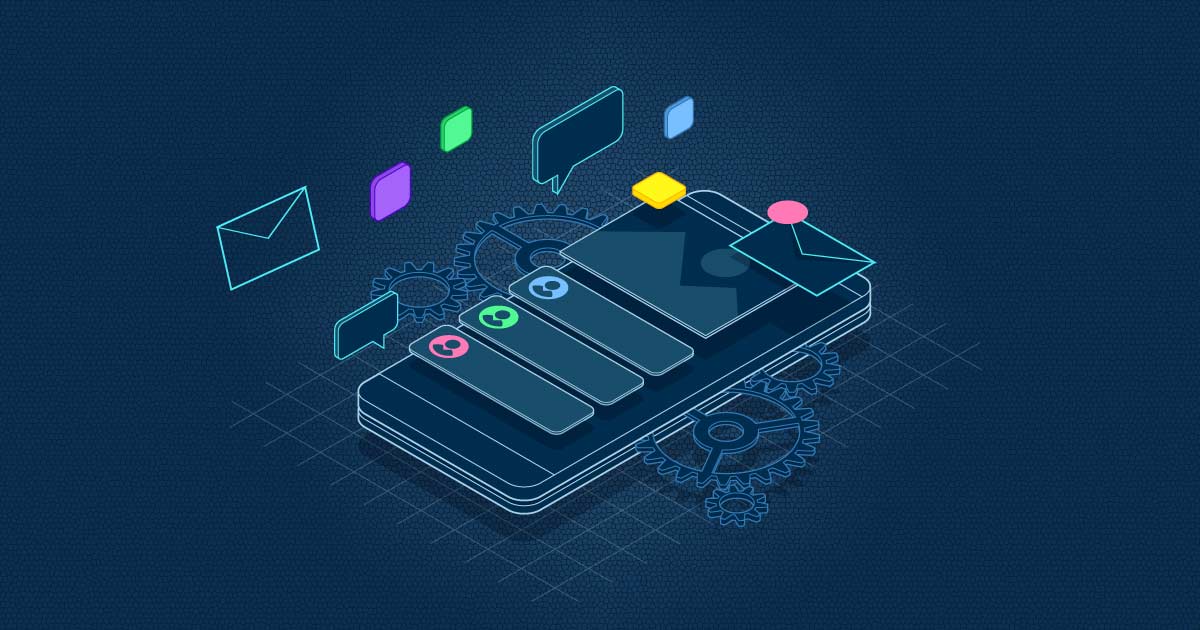
Stop me if you’ve heard this before: email is dead — SMS is too personal. Yeah, me too. But whoever told you that either doesn’t follow consumer behaviour or has an axe to grind. Not only is email marketing a reliably consistent high-ROI channel at 68:1 but its performance is also improving.
Open rates ended 2024 at 26.6% and have jumped to 28.5% in Q1 2025. This doesn’t sound like a dead channel to me. And SMS? Over that same period, click and conversion rates have increased for both scheduled and automated messages.
While either channel is far from dead, it’s all about using them effectively to engage shoppers and generate sales. One such way is with automation. Automated messages increase sales with less effort than manually scheduled ones — and it’s true.
Automated emails convert 29 times better than manually scheduled campaigns and generate 27% of all email marketing orders and only 2% of the sends. Automated SMS campaigns convert two times better than scheduled text campaigns. Talk about overweight performance!
But let’s be honest — sending a happy birthday message won’t move the needle like messaging someone actively shopping. Not all email automations are created equal. So, which automated emails perform best, why do they work, and how can brands use them to drive sales?
Let’s break down the three money-making automations every ecommerce marketer should be using and how to make each one count.
1. Welcome Series: The Digital First Impression That Pays Rent
The welcome series sets the tone. These emails go out to new subscribers and guide them toward their first purchase. Typically, the series includes two or three emails — the first sent immediately, with the others following each day. These messages aren’t just polite introductions; they convert 4,000% better than standard campaigns, with nearly 60% of people who click on a welcome message going on to make a purchase.
Why do they work so well? One word: intent. When someone subscribes, they’re already interested. They’ve found your brand, visited your site, and raised their hand by signing up for emails — and your welcome series should meet that intent with a clear, helpful, and compelling customer journey.
A well-designed welcome series guides the shopping journey by delivering the sign-up incentive (if promised), introducing your brand and products, and removing typical newcomer hesitancy to purchase from a new brand. Here’s how.
First, use social proof in every message. That includes showcasing top-rated or best-selling products. Remember, new subscribers are unfamiliar with your brand — they don’t yet know which products are popular or highly rated. Featuring them helps guide the shopping journey and makes decision-making easier.
Include visual social proof like star ratings and customer testimonials. These elements do more than guide the shopping experience — they reinforce value propositions like product quality and brand trust.
And speaking of value, promote your value-adds. Friendly shipping and return policies, satisfaction guarantees, standout loyalty programs, and responsive customer service all help reduce purchase hesitation. New subscribers are still building trust — your job is to make them feel confident buying from you.
Pro tip: Don’t tell your entire brand story in the welcome email. People don’t sign up for emails to read a company history. Stay focused on helping them shop. If the brand story matters, link to a short social video of the founder telling it — that way, you can engage them on other channels without distracting from the email’s main goal: driving sales.
2. Product Abandonment: Engaging Pesky Online Window Shoppers
Let’s be honest: window shoppers are everywhere. They scroll, they click, zoom in on product images, and right when you think they’re ready to click that “Add to Cart” button, they vanish faster than your willpower as you walk by the cupcake shop.
The good news is even though they didn’t make a purchase, their actions were a sign of intent. Why else would they be spending so much time browsing products instead of TikTok?
This is where automated product abandonment emails and SMS come in. These intent-driven emails and SMS go out after someone browses but don’t place items in their carts. Because they’re timely and relevant, they convert 15 times better than scheduled campaigns
Most brands send one or two messages to reengage shoppers. I’d start by sending the first message either one or two hours after the shopper left the website and the second message 24 hours later. You can adjust the timing after collecting data for your specific audience.
To make these messages great, include images of the actual product to remind them what they liked about it, and use a sense of urgency, letting them know the product may not be in stock much longer.
Next, include some of the product attributes that make the product stand out from the competition. These might include durable construction and materials, product uses, and features and their benefits. The whole goal is to reengage consumers, provide reasons to buy, and overcome reasons not to.
Of course, you can offer a discount in these messages — but it’s not required. If your margins allow and you commonly promote discounts elsewhere, it may be a good option. Skipping a discount here just to hold the line may actually cost you sales. And yes, setting a deadline on the offer can add urgency and help tip the scales.
Pro tip: split your automation based on the price of the abandoned products. This allows you to promote different value-adds and discounts, and even send fewer emails and SMS based on price.
3. Cart Abandonment: Your Revenue Recovery MVP
Cart abandoners are your best prospects. They picked out what they wanted — they just didn’t hit “complete purchase.” If you’re not emailing them, that’s like leaving money on the table in a room full of thieves.
Cart abandonment messages convert 29 times better than scheduled email campaigns and because these shoppers are so ”close to cash,” companies spend a fortune on retargeting ads. A great email can close the sale before that even starts, and here’s how.
Include product images inside of the emails to remind people exactly what they left behind. Make the copy short and sweet, such as “Hurry back before they’re gone.” As you can see, I used a sense of urgency in the messaging, and so should you.
Promote value-adds like free shipping or satisfaction guarantees and include social proof when possible. These details help people feel good about finishing their purchase.
How, how many messages to send? I like four emails: one after 30 minutes, another at three hours, then one at 24 hours, and a final nudge at 48 hours post-abandonment. For SMS, I like the first at 30 minutes and a reminder with the last email.
Discounts can help — but urgency and relevance go a long way on their own. If you do offer one, consider saving it for the second or third message, and give it an expiration to nudge urgency.
Pro tip: segment your abandoners by cart total and purchase history. After all, those who abandon a $300 cart do so for different reasons than those a $20 one, and loyal customers don’t need four reminders whereas a first-timer might need a little more nudging. By splitting your audience, you can create a cart abandonment series that sends a different number of messages at different times with different content all based on individual abandoners.
Final Thoughts
Too many brands treat automation like a checklist. Welcome message? Check. Done. But are the messages engaging shoppers and generating sales like they’re capable of? For many, they are not.
A well-designed automation strategy that starts with customer intention meets customers where they are and guides them toward purchase with relevance and timing. That’s not just smart marketing, it’s an opportunity to stand out, acquire new customers, and grow your sales.
The only question left is, “What do you want to do with the opportunity?”
ALSO READ: Loyalty Programs Make a Fresh Play with Gamification


